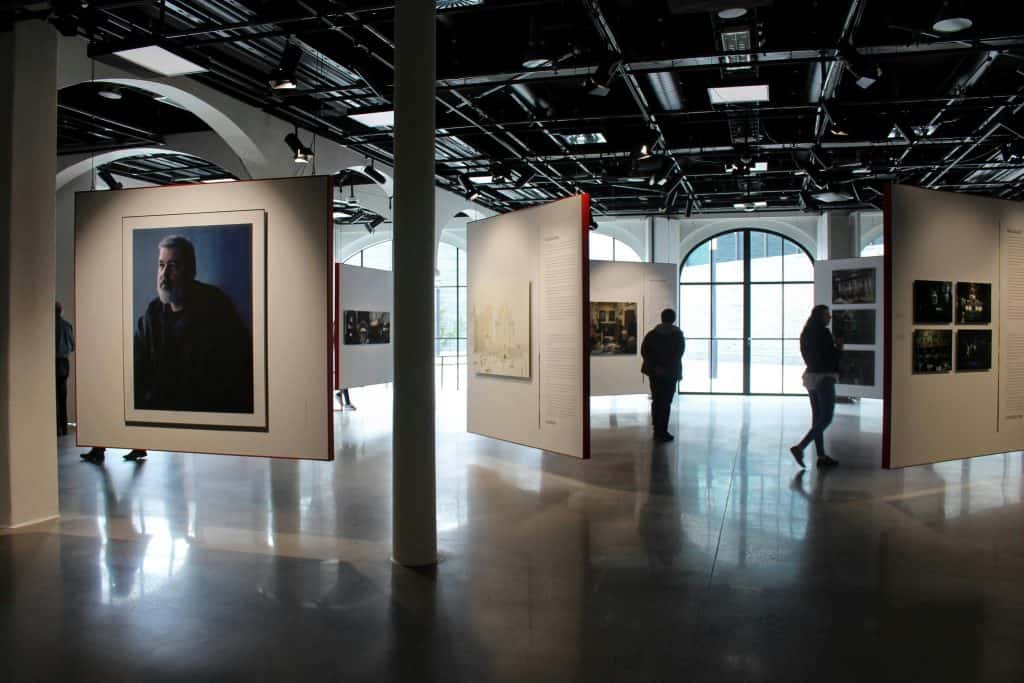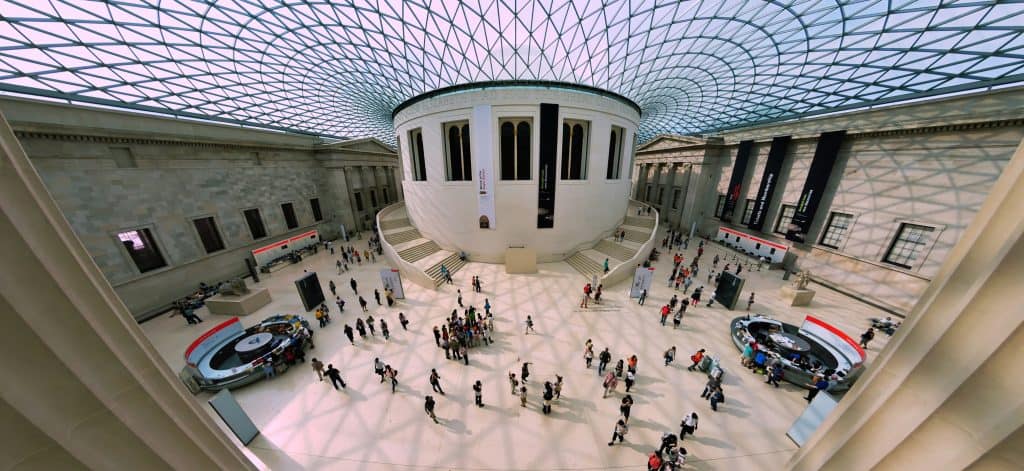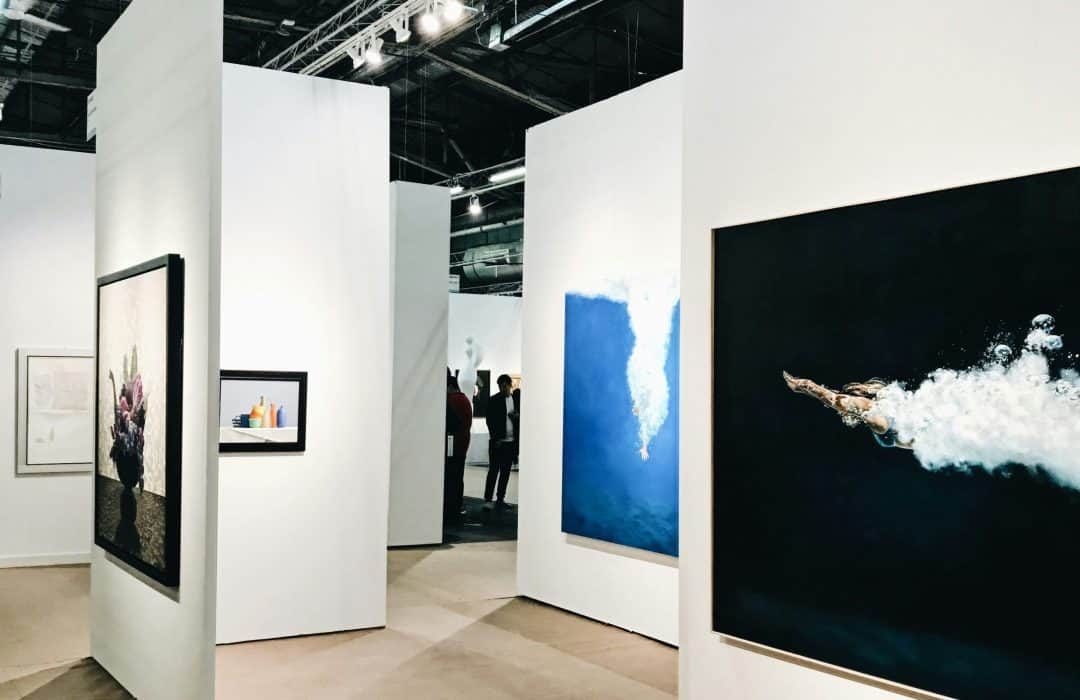
24 Feb Curatorial Practices for Art Exhibitions
The way that viewers see art exhibitions has changed throughout time, and curatorial methods have grown increasingly important. Curators used to be relegated to the background, but now they command attention and shape our perceptions of creative expression. They let visitors examine the rich fabric of human experience by incorporating storylines, topics, and a variety of views into exhibitions that transcend temporal and conceptual boundaries. Curators act as guardians of cultural discourse in an ever-changing environment by elevating underrepresented perspectives and questioning established norms. They provide a greater knowledge of the complexity present in both art and culture via careful curation that elicits thinking, inspires passion, and stimulates the senses. Curators create immersive experiences that connect with audiences all around the world with each show, providing windows into many cultures and laying the groundwork for future creative ventures.
Conceptual Framework

Photo by Nan Wisanmongkol
Exhibition Narrative
Establishing a central theme is the bedrock of any captivating exhibition. It serves as the guiding light that shapes the entire visitor experience. Curators are tasked with the intricate job of selecting a thematic approach that resonates deeply with the intended audience. Whether opting for a chronological journey through history, a thematic exploration of ideas, or a juxtapositional presentation of contrasting concepts, the chosen narrative arc must seamlessly draw visitors into its embrace from the moment they step through the doors until the final curtain falls. A well-crafted narrative not only educates but also inspires, leaving a lasting impression on all who encounter it.
Artist Selection and Representation
The selection of artists is a pivotal aspect of exhibition curation, directly influencing the exhibition’s resonance and impact. Curators must delicately balance various factors, including artistic merit, thematic alignment, and demographic diversity, to create a rich tapestry of representation. By showcasing a blend of established luminaries and rising talents, curators ensure that the exhibition speaks to a broad spectrum of tastes and perspectives. Moreover, prioritizing inclusivity ensures that historically marginalized voices find resonance within the exhibition space, fostering a sense of belonging and cultural enrichment for all attendees.
Object/Artwork Selection
The selection of artworks serves as the beating heart that brings the thematic narrative to life. Curators meticulously scour collections, galleries, and private holdings to unearth treasures that embody the essence of the chosen theme. Beyond aesthetic appeal, considerations of provenance, condition, and conservation needs loom large, guiding curators in their negotiations for loans and acquisitions. Each artwork selected is not merely a piece on display but a storyteller in its own right, offering glimpses into different eras, cultures, and artistic movements. Through strategic selection and thoughtful curation, curators ensure that every object contributes meaningfully to the overarching narrative, inviting visitors on a journey of discovery and contemplation.
Curatorial Strategies

Photo by Viktor Forgacs
Exhibition Design and Installation
When it comes to the design and installation of exhibitions, the space arrangement functions as the canvas on which the story of the display is painted. Every component—from the positioning of pedestals to the integration of projections and wall arrangements—plays a vital part in creating a fluid flow that leads viewers through the artistic experience. Curators may create a unified visual and aural experience by carefully combining a variety of display styles, making sure that every piece of art is meaningful in relation to the show as a whole.
Interpretation and Audience Engagement
The success of an exhibition hinges not only on its visual impact but also on its ability to provoke thought and foster engagement among visitors. To achieve this, curators invest in developing interpretative materials that offer insights into the themes, motifs, and historical contexts underpinning the artwork on display. Interactive elements, ranging from touchscreen displays to immersive installations, invite visitors to participate actively in the narrative, transforming passive observation into a dynamic exchange of ideas. Moreover, educational programs, workshops, and guided tours provide avenues for deeper exploration, enabling audiences to forge meaningful connections with the art and its significance. By nurturing dialogue and encouraging critical thinking, curators empower visitors to become active participants in the interpretative process, enriching their understanding and appreciation of the exhibition’s content.
Collaboration and Communication
Behind every successful exhibition lies a collaborative effort that brings together a diverse array of talents and perspectives. Curators, artists, lenders, registrars, designers, and educators form the collective backbone of the curatorial process, each contributing their unique expertise to realize the vision of the exhibition. Effective collaboration hinges on clear communication and meticulous documentation, ensuring that every stakeholder is aligned with the project’s objectives and expectations. Moreover, addressing ethical considerations, such as provenance, cultural sensitivity, and intellectual property rights, underscores the curator’s commitment to upholding the integrity and credibility of the exhibition. By fostering a culture of transparency, mutual respect, and shared responsibility, curators cultivate an environment where creativity flourishes, and artistic vision finds expression in its truest form.

Photo by Praewthida K
Conclusion
Curatorial practices for art exhibitions represent a multifaceted and dynamic process that significantly influences how audiences perceive and engage with artworks. By establishing a coherent exhibition narrative, carefully selecting artists and artworks, and implementing strategic design and installation techniques, curators can create meaningful and immersive experiences for visitors. Moreover, fostering collaboration, communication, and ethical considerations throughout the curatorial journey ensures the integrity and success of the exhibition. Ultimately, the art of curation transcends mere selection and arrangement; it becomes a conduit for storytelling, dialogue, and appreciation, enriching the cultural landscape and nurturing a deeper understanding of artistic expression.
Key Takeaways
Important Aspect | Main Point |
Exhibition Narrative | Establish a clear theme and narrative arc for cohesion. |
Artist Selection and Representation | Ensure diversity, balance, and alignment with the theme. |
Object/Artwork Selection | Choose artwork thoughtfully, considering various factors. |
Exhibition Design and Installation | Focus on spatial layout, flow, and diverse display methods. |
Interpretation and Audience Engagement | Develop engaging interpretative materials and programs. |
Collaboration and Communication | Foster effective collaboration and uphold ethical standards. |
FAQs
How crucial is thematic cohesion in curating an exhibition?
Thematic cohesion plays a pivotal role in curating an exhibition by providing a cohesive narrative structure that guides viewers through the artistic journey. It serves as the backbone of the exhibition, linking disparate artworks together under a unified theme or concept. Without thematic cohesion, the exhibition may appear disjointed and lacking in direction, potentially diminishing the overall impact and coherence of the curated collection. Moreover, thematic cohesion enhances the exhibition experience by allowing viewers to immerse themselves in a curated narrative, thereby deepening their understanding and appreciation of the artworks on display. By establishing meaningful connections between artworks, thematic cohesion invites viewers to explore overarching themes and concepts, fostering a more enriching and thought-provoking experience.
Why is artist diversity important in curatorial practices?
Artist diversity is of utmost importance in curatorial practices as it promotes inclusivity, fosters representation, and enriches the artistic discourse within the exhibition space. Embracing a diverse range of artists ensures that the exhibition reflects the multifaceted nature of contemporary art and society, allowing for a broader representation of perspectives, experiences, and voices. By showcasing artworks created by artists from diverse backgrounds, curators can create a more inclusive and dynamic exhibition that resonates with a wider audience. Moreover, artist diversity encourages dialogue and exchange, challenging existing narratives and expanding the boundaries of artistic expression. It fosters a culture of openness and acceptance within the art world, celebrating the richness of human creativity and diversity.
How can curators address ethical considerations during the curatorial process?
Curators must navigate a myriad of ethical considerations throughout the curatorial process to uphold the integrity of the exhibition and maintain the trust of artists, lenders, and the viewing public. Clear and transparent communication is essential to ensure that all parties involved are informed and engaged in the curatorial decisions. Curators should adhere to ethical standards and best practices, respecting the rights and intentions of both artists and lenders. This includes obtaining appropriate permissions for the display of artworks, respecting intellectual property rights, and honoring any contractual agreements. Additionally, curators must remain vigilant against potential conflicts of interest and biases that may compromise the integrity of the exhibition. By upholding ethical principles and fostering a culture of trust and transparency, curators can navigate complex ethical dilemmas with integrity and uphold the values of the curatorial profession.
Find effective strategies for marketing and promoting digital art exhibitions through this “Promoting Digital Art Exhibitions” guide.

